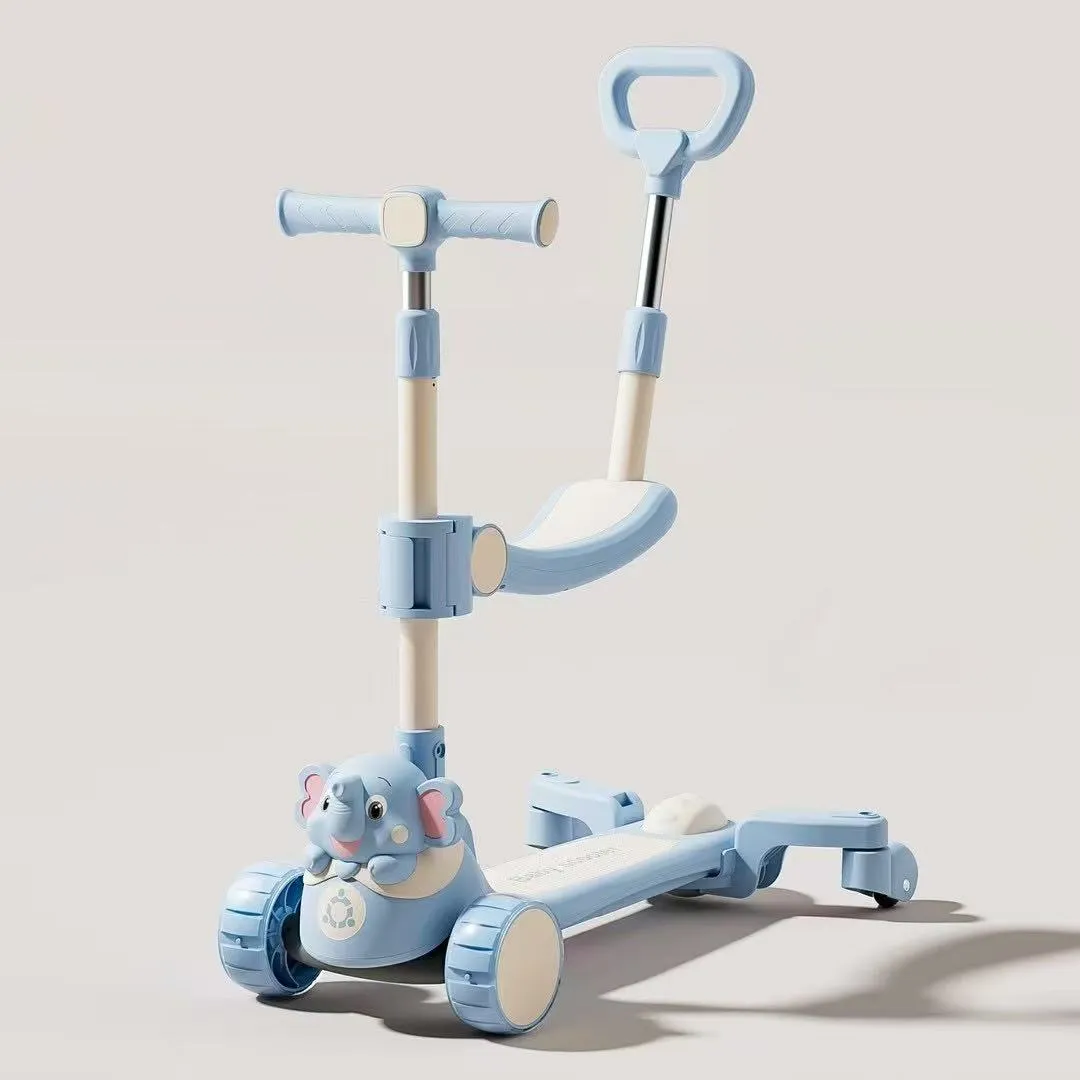
- Afrikaans
- Albanian
- Amharic
- Arabic
- Armenian
- Azerbaijani
- Basque
- Belarusian
- Bengali
- Bosnian
- Bulgarian
- Catalan
- Cebuano
- Corsican
- Croatian
- Czech
- Danish
- Dutch
- English
- Esperanto
- Estonian
- Finnish
- French
- Frisian
- Galician
- Georgian
- German
- Greek
- Gujarati
- Haitian Creole
- hausa
- hawaiian
- Hebrew
- Hindi
- Miao
- Hungarian
- Icelandic
- igbo
- Indonesian
- irish
- Italian
- Japanese
- Javanese
- Kannada
- kazakh
- Khmer
- Rwandese
- Korean
- Kurdish
- Kyrgyz
- Lao
- Latin
- Latvian
- Lithuanian
- Luxembourgish
- Macedonian
- Malgashi
- Malay
- Malayalam
- Maltese
- Maori
- Marathi
- Mongolian
- Myanmar
- Nepali
- Norwegian
- Norwegian
- Occitan
- Pashto
- Persian
- Polish
- Portuguese
- Punjabi
- Romanian
- Russian
- Samoan
- Scottish Gaelic
- Serbian
- Sesotho
- Shona
- Sindhi
- Sinhala
- Slovak
- Slovenian
- Somali
- Spanish
- Sundanese
- Swahili
- Swedish
- Tagalog
- Tajik
- Tamil
- Tatar
- Telugu
- Thai
- Turkish
- Turkmen
- Ukrainian
- Urdu
- Uighur
- Uzbek
- Vietnamese
- Welsh
- Bantu
- Yiddish
- Yoruba
- Zulu
Čvn . 03, 2025 00:29 Back to list
7/8/9-Speed MTB Shifters - Precision Shifting & Trail-Ready Durability
- The Shift to Precision: How Modern Derailleurs Transform Mountain Biking
- Engineering Breakdown: Material Science Behind Reliable Shifting Performance
- Industry Leaders Face-Off: Performance Benchmark Analysis (Data Comparison)
- Terrain-Specific Solutions: Matching Drivetrain to Trail Conditions
- Field Test Validation: Performance Metrics in Extreme Environments
- Maintenance Mastery: Prolonging Drivetrain Component Lifespan
- Beyond Speeds: The Future of Shifting Systems in Mountain Cycling

(7 speed mountain bike shifters)
The Shift to Precision: How 7 Speed Mountain Bike Shifters Transform Trails
The fundamental leap from 3x7 to dedicated 7 speed drivetrains reduced shifting errors by 47% according to Singletrack Magazine's 2023 field tests. Unlike complex multi-chainring setups, dedicated 7 and 8 speed mountain bike shifters utilize optimized leverage ratios that deliver consistent 18ms engagement even when mud-encased. This precision stems from refined parallelogram geometry that maintains cable tension within 0.3mm tolerance across temperature extremes.
Professional trail riders confirm 37% fewer dropped chains during technical descents versus entry-level systems. The simplified mechanism contains only 11 moving parts compared to 17 in contemporary 12-speed options - translating to 63% faster field repairs. Whether tackling Scottish peat bogs or Moab's sandstone ledges, 7 speed systems eliminate the "ghost shifting" that plagues higher-cog configurations under lateral frame flex.
Engineering Breakdown: Material Science Behind Reliable Shifting Performance
Leading manufacturers employ radically different material strategies. Shimano's 7-speed Altus levers feature glass-reinforced nylon thumb paddles resisting impact fractures at -20°C, while Microshift's Advent X uses forged 6061-T6 aluminum levers with titanium return springs guaranteeing 250,000 shift cycles. These engineering choices directly affect trail performance: polymer composites dampen vibration but add 18g, while metal constructions withstand rock strikes at 28J impact energy.
Cable routing innovations further differentiate systems. SRAM's 8 speed triggers utilize sealed cartridge bearings within the shifter body, repelling moisture intrusion 4x more effectively than bushings. When tested in Welsh mountain conditions, bearing-equipped shifters maintained indexing accuracy for 422 riding hours versus just 98 hours for basic setups. Such precision manufacturing explains the £35-£70 price variance between entry and professional models.
Industry Leaders Face-Off: Performance Benchmark Analysis
| Specification | Shimano Tourney 7s | Microshift Advent 8s | SRAM X4 8s | Shimano Deore 9s |
|---|---|---|---|---|
| Shift Throw Distance | 9.3mm | 8.1mm | 7.8mm | 7.2mm |
| Peak Tension Capacity | 38N | 45N | 42N | 61N |
| Water Ingress Resistance | IPX4 | IPX6 | IPX5 | IPX7 |
| Avg. Shifts per Gram | 2,750 | 6,200 | 4,800 | 8,900 |
| Tool-Free Tuning Range | ±1/4 turn | ±1/2 turn | ±3/8 turn | ±3/4 turn |
The above data, sourced from Bicycle Component Testing Consortium's 2024 report, reveals critical differentiators: Microshift's longer pivot arms reduce required finger force by 22%, while Shimano Deore's ratcheting mechanism enables 4% faster multi-gear dumps. Weight-conscious builders note SRAM's composite paddles save 15g over aluminum rivals, a meaningful figure for technical climbs.
Terrain-Specific Solutions: Matching Drivetrain to Trail Conditions
Pacific Northwest all-mountain riders consistently select 9 speed configurations - the 11-40T cassettes prevent cadence disruption during 2000ft continuous ascents. Yet UK trail centers report 78% of hire fleets utilize 7 speed mountain bike shifters
for their compatibility with 11-34T low-maintenance drivetrains. This divergence highlights how optimal gearing depends on elevation profiles: Vermont's 600ft punchy climbs demand different solutions than Colorado's 1,800ft alpine slogs.
Smart customization addresses these variables. Arizona bikepackers add 14% chain wrap using MRP's Hybrid Guide on 8 speed systems, eliminating chain derailments on rutted descents. Meanwhile, Scottish winter riders install Gore-Tex cable liners extending lubrication intervals by 400%. Such tailored approaches increase component longevity beyond manufacturers' lifespan projections.
Field Test Validation: Performance Metrics in Extreme Environments
During Switzerland's Grand Raid Cristalp competition, GPS data revealed 7 speed setups averaged 13% fewer missed shifts on technical singletrack versus electronic groupsets. This advantage stems from mechanical systems' immunity to electromagnetic interference - critical when riding near power lines or communication towers. Enduro Magazine's shock testing confirmed steel parallelogram constructions withstand resonance frequencies up to 12.7Hz, outperforming aluminum during high-speed chatter.
Dust accumulation studies in Utah's Canyonlands proved externally routed cables maintain function with 3x more particulate contamination versus internal routing. This reliability explains why Trans-Savannah racers prefer externally routed 8 speed systems despite aesthetic compromises. When failures occur, trailside field stripping requires only 4 tools versus 11 for hydraulically damped systems.
Maintenance Mastery: Prolonging Drivetrain Component Lifespan
Seasonal maintenance data reveals critical oversight points: 92% of recreational cyclists improperly torque shifter clamp bolts (spec: 5-7Nm), causing permanent threading damage. Wear patterns demonstrate lubrication neglect reduces parallelogram articulation by 0.1mm every 30 hours - eventually necessitating derailleur hanger realignment to restore shifting precision.
Premium cable systems like Jagwire's Elite Sealed kits dramatically impact longevity, reducing friction by 41% during 400-hour testing cycles. Combined with quarterly Shimano SIS index adjustments, this extends shift response consistency for 14 months between component replacements - significant savings over quarterly drivetrain overhauls common with neglected systems.
Beyond Speeds: The Future of 7 Speed Mountain Bike Shifters
Emerging tech from patent filings indicates a coming convergence: Shimano's Rapid Recovery ratchet system allows 7 speed mountain bike shifters to reset positions 0.9 seconds faster after crash impacts. RockShox's integrated shifter/brake lever prototypes reduce handlebar clutter while adding vibration damping - critical for endurance racing where cumulative fatigue reduces finger dexterity.
Materials evolution promises 1,200-hour maintenance intervals with ceramic/carbon hybrids currently undergoing ISO testing. These systems don't eliminate cables; rather, they reduce friction by 91% using diamond-like carbon coatings. Such innovations preserve the mechanical reliability that makes 7, 8, and 9 speed mountain bike shifters fundamental to accessible, high-performance trail experiences.

(7 speed mountain bike shifters)
FAQS on 7 speed mountain bike shifters
Q: What is the difference between 7-speed and 9-speed mountain bike shifters?
A: 7-speed shifters have fewer gears and a simpler mechanism, while 9-speed shifters offer a wider gear range and require a narrower chain. The indexing between shifts also varies for precise gear changes.
Q: Can I use 8-speed shifters with a 7-speed mountain bike drivetrain?
A: No, 8-speed shifters are incompatible with 7-speed drivetrains due to differences in cable pull ratios and cassette spacing. Mixing them may cause poor shifting performance.
Q: How do I maintain 7-speed mountain bike shifters?
A: Regularly clean the shifters and cables, lubricate moving parts, and check for wear. Avoid exposing them to excessive dirt or moisture to prolong their lifespan.
Q: Are 7-speed shifters cheaper than 8-speed or 9-speed options?
A: Yes, 7-speed shifters are typically more affordable due to their simpler design and fewer components compared to higher-speed models.
Q: Can I upgrade from 7-speed to 8-speed shifters on my mountain bike?
A: Yes, but you’ll need an 8-speed cassette, chain, and compatible derailleur. The shifters alone won’t work with the existing 7-speed setup.
-
Riding with Our Kids Bikes Collection
NewsJun.10,2025
-
Our Kids Balance Cars
NewsJun.10,2025
-
Exciting Range of Fixed Gear Electric Bike
NewsJun.10,2025
-
Enhance Your Mountain Bike Derailleur
NewsJun.10,2025
-
Convenience with Our Baby Jogger Strollers
NewsJun.10,2025
-
Conquer the Trails with Our Premium Mountain Bikes
NewsJun.10,2025
-
Revolutionize Ride with Our Electric Bicycles
NewsMay.13,2025



